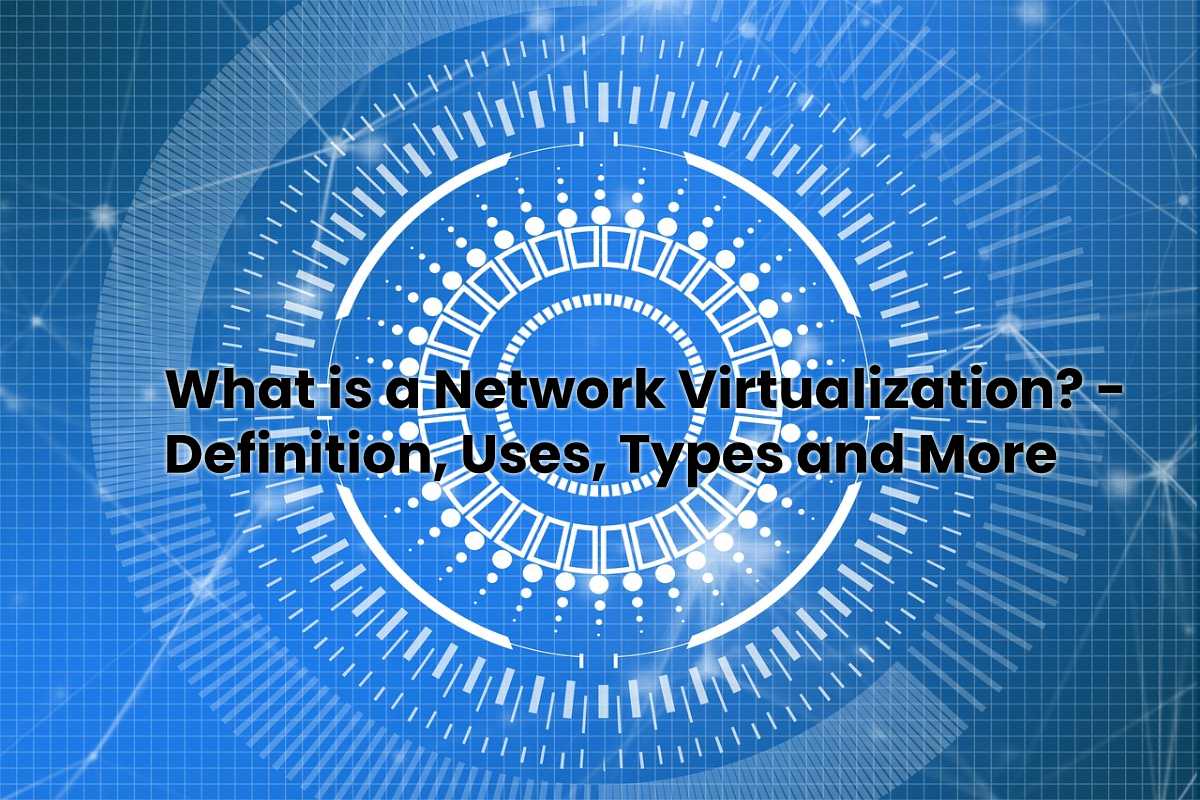

Define virtual pc install#
At this point we have a functional computational system with emulated hardware that we can install containers on. Once the virtual machine is functional and boots the operating system, a container runtime can be installed on the operating system. An operating system can then be installed within this virtual machine's hardware. A virtual machine can be created that emulates a unique hardware configuration. It is entirely possible to use containers and virtual machines in unison although the practical use-cases may be limited. The virtual machine snapshots can be used to restore the virtual machine to that point in time or spin up additional virtual machines with that configuration.

Define virtual pc software#
Software can manually be installed to the virtual machine and the virtual machine can be snapshotted to capture the current configuration state. Once the basic hardware definition is specified for a virtual machine the virtual machine can then be treated as a bare bones computer. Virtual machines are more dynamic and can be interactively developed. An individual virtual machine can still be hijacked by an exploit but the exploited virtual machine will be isolated and unable to contaminate any other neighboring virtual machines.Ĭontainers are usually static definitions of the expected dependencies and configuration needed to run the container. This means that virtual machines are immune to any exploits or interference from other virtual machines on a shared host. Virtual machines run in isolation as a fully standalone system. It is a lightweight alternative to using Docker as the runtime for Kubernetes. Linux Containers aim to offer a vender neutral open-source container runtime.ĬRI-O is an implementation of the Kubernetes Container Runtime Interface (CRI) that allows the use of Open Container Initiative (OCI) compatible runtimes. Docker actually uses LXC behind the scenes. LXC is used to isolate operating, system-level processes from each other. The Linux Containers project is an open-source Linux container runtime system. RKT containers aim to address the underlying cross contamination exploitive security issues that other container runtime systems suffer from. RKT containers do not allow insecure container functionality unless the user explicitly enables insecure features.

Pronounced "Rocket", RKT is a security-first focused container system. Containers on Docker Hub can instantly downloaded and deployed to a local Docker runtime. Docker Hub is a giant public repository of popular containerized software applications. The host OS is then used to obtain resources from the host machine.Docker is the most popular and widely used container runtime.

Having multiple systems on a single computer is highly beneficial in a large organization or even on a single desk. Physical machines take up physical space.This allows organizations to better use what they have rather than investing in new technology. VMs allow new computer environments to be added to existing hardware.Depending on the application, a virtual machine may either be a necessity or simply more convenient. Virtual machines provide several advantages over physical computers.


 0 kommentar(er)
0 kommentar(er)
